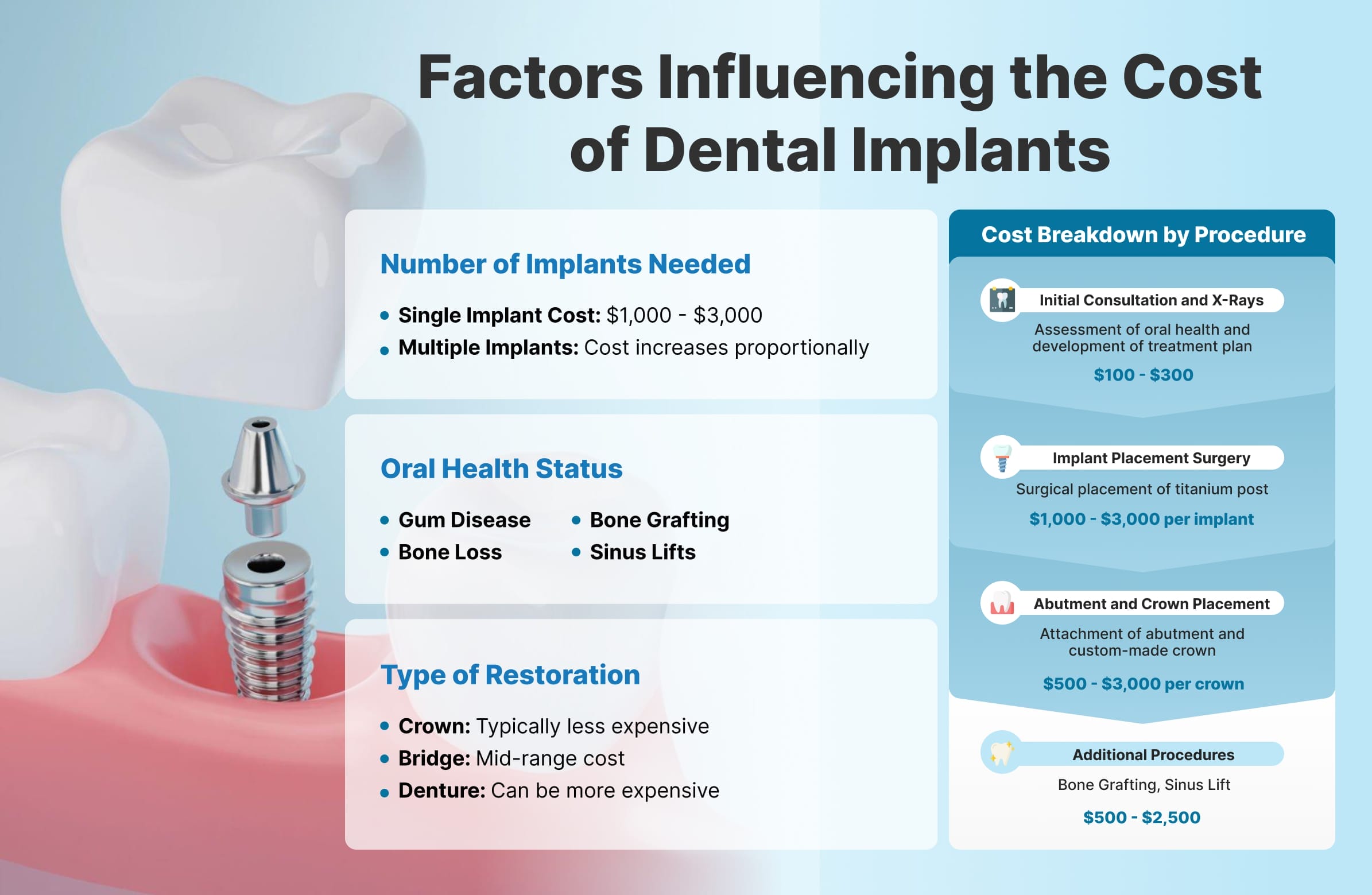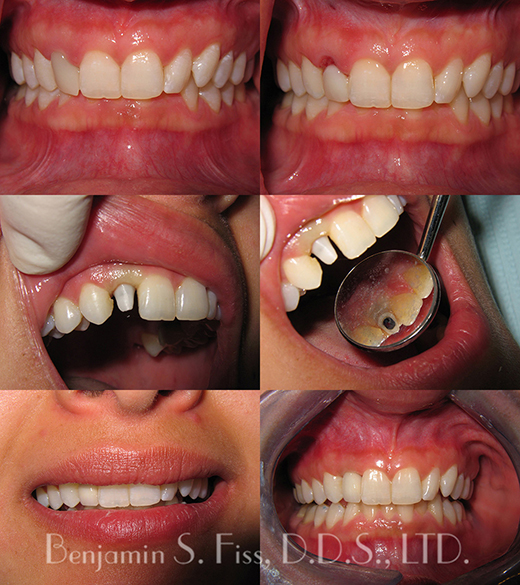The Definitive Guide for Dental Sense
Everything about Dental Sense
Table of Contents9 Simple Techniques For Dental SenseTop Guidelines Of Dental SenseGet This Report on Dental SenseExcitement About Dental Sense
are clinical devices operatively implanted into the jaw to restore a person's capability to chew or their appearance. They provide support for synthetic (fake) teeth, such as crowns, bridges, or dentures. When a tooth is shed as a result of injury or condition, a person can experience difficulties such as quick bone loss, malfunctioning speech, or changes to eating patterns that cause pain.Oral dental implant systems consist of an oral implant body and oral implant joint and might likewise include an abutment fixation screw. Wisdom tooth cavity. The dental implant body is surgically inserted in the jawbone in place of the tooth's origin. The oral implant joint is typically affixed to the implant body by the abutment fixation screw and prolongs through periodontals right into the mouth to sustain the affixed man-made teeth
(https://myanimelist.net/profile/dentalsense1)Structure of The Dental Implant System selecting oral implants, speak to your oral copyright regarding the possible advantages and threats, and whether you are a prospect for the procedure. Points to consider: Your overall health is a crucial consider determining whether you are a great prospect for oral implants, the length of time it will certainly require to recover, and the length of time the dental implant might remain in place.
Cigarette smoking may impact the healing procedure and reduce the long-term success of the implant. The healing process for the dental implant body might take several months or longer, during which time you typically have a short-lived joint instead of the tooth. the dental implant treatment: Carefully comply with the dental hygiene guidelines offered to you by your dental service provider.
4 Simple Techniques For Dental Sense
Implant failing can lead to the need for an additional operation to deal with or change the implant system. Recovers the capability to chew Restores aesthetic appearance Helps maintain the jawbone from reducing due to bone loss Protects the health and wellness of the bordering bone and gum tissues Aids maintain surrounding (close-by) teeth secure Improves lifestyle Damage to bordering natural teeth throughout implant placement Injury to the surrounding tissues during surgical procedure, such as sinus perforation Injury throughout surgical treatment (as an example, crack of bordering jawbone) Insufficient feature, such as feeling like the teeth do not bite together generally A sensation that the tooth is loosened or twisting in location arising from an abutment screw loosening up Implant body failure (looseness of the implant body) because of systemic infection, which might be more probable in individuals with unchecked diabetes mellitus due to neighborhood infection in bone and gums sustaining the dental implant body because of postponed recovery, which may be more likely in people who smoke Problem cleaning the gums around the implant, causing bad dental health Untreated gum disease Post-surgical numbness as a result of nerve impingement or Dental implant vs bridge damage Always alert health care service providers and imaging professionals that you have oral implants prior to any magnetic resonance imaging (MRI) or x-ray procedures.
FDA is not familiar with any adverse events reported for MRI or x-ray treatments with dental implants. Dental implants systems are generally made of products that adhere to global agreement requirements of the International Organization for Standardization (ISO) or ASTM International. These criteria have information of what makes a risk-free material.

An oral implant is a framework that changes a missing out on tooth. With screw-like devices, the surgeon inserts an implant right into the jawbone, and it acts as an anchor for a fabricated tooth, called a crown. A tool called a joint links the fabricated tooth to the dental implant. The crown is custom-made to fit the individual's mouth and match the color of their teeth.
What Does Dental Sense Mean?
Some people are not qualified for dental implant surgical treatment. It is for dental specialists to operate on people with: acute illnessuncontrollable metabolic diseasebone or soft tissue disease or infectionIf these problems are solved, a person can have the surgical treatment. In, oral doctors avoid from operating individuals with: If people with any of the above go through dental implant surgery, there is a higher danger of the implant stopping working.

Dental dental implant surgical procedure is an individualized procedure. It's not the same for every person. Yet the adhering to offers a general summary of what you can expect your dentist, dental specialist, periodontist or prosthodontist to do: Place the implant operatively. Give you time to heal. Connect the article and last crown, bridge or denture.
Next off, your specialist will meticulously position the dental implant right into your jaw. Lastly, your surgeon will certainly reposition your gums and shut the cut with stitches. If your implant is near the front of your mouth, your dental expert will make a temporary tooth for you to put on up until you recover. By doing this, you will not have a void in your smile while you recoup.
The Ultimate Guide To Dental Sense
Throughout the recovery stage, your jawbone needs to fuse to the dental implant. This process can take anywhere from three to nine months.
When your dental implant heals, your dental professional can affix the joint (tiny adapter post) and your final remediation (crown, bridge or denture). This generally takes regarding one hour to complete and may call for a 2nd small surgery. You shouldn't feel any pain throughout your oral implant procedure because your supplier will make use of medicine to numb your periodontals.